UPDATE May 15
The Laird B1332W discussed below suddenly started working. We have no idea why it exhibited the behavior shown below, but it most certainly did in front of witnesses. Not confidence inspiring, but a relief in a way. We will now add it to the forthcoming field tests.
The need for NMO EFHW
While performing research for a new APRS beacon project, I found the need for a groundless, end-fed variety of NMO mobile antenna. There are not many makers of such antennas in the marketplace, but I did find two with off-the-self offerings.
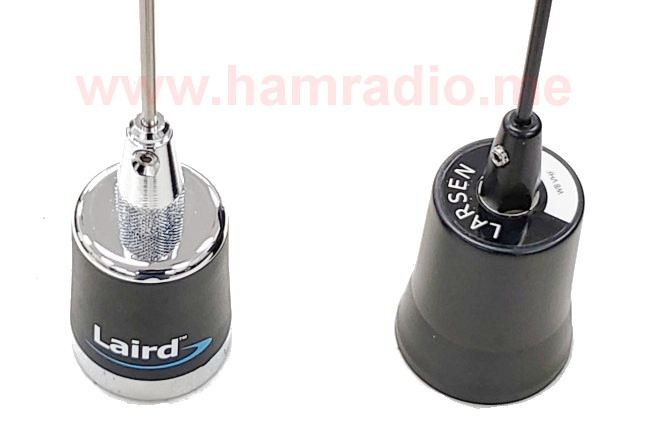
Mobile antenna specifications… an information desert
Go looking around the Internet for your antenna needs and you will find coarse information that almost suggests the writers are being non committal in their specifications. This appears to be most egregious in the professional land mobile radio (LMR) market. Occasionally some resellers miss an important feature. Look harder and you will see this erroneous information copied verbatim on their competitors’ web sites. Half-baked antenna knowledge runs rampant in the industry.
It’s one thing if you just need a 1/4 wave, 19 inch whip for your 2m NMO mount. It is another thing entirely if you seek more esoteric designs such as end-feds with their step-up transformer that needs to work. You have to try hard to mess up a 19 inch whip design, but is there a striking difference in performance for choices in EFHW mobile whips? One could hope not, but as you probably have already surmised, I have news. Please read on.
Mouser and Ham Radio Outlet
Laird and Larsen are two of the biggest names in professional mobile antennas these days. Sure enough I found a product from each and made my purchase from Mouser and Ham Radio Outlet. The two models are…
- Laird B1322W – NMO mount, Wide Band – Link
- Larsen NMOWB150B – NMO mount, Wide Band, for around 150 MHz, black color – Currently owned by Pulse Electronics – Link
Both arrived the same day. I am building two APRS beacons so having one of each fulfills this need and provides an opportunity to compare.
The NMO business end
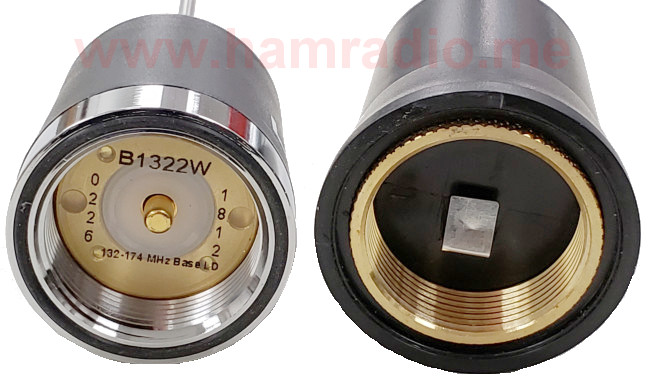
Figure 2 gives a view of the NMO interface of each antenna. In my opinion NMO is the strongest commercial mobile mount available. It’s not hard to see why. The 1-1/8 inch, 18 TPI threaded connection provides a wide and solid grip to the mating portion on the vehicle. Some key points of the above photo include:
- Plunger -The Laird’s center connection is a spring loaded plunger with firm pressure to ensure a good contact with the mating vehicle mount. The Laird plunger left a clear mark on the NMO mount’s surface confirming good contact.
- Springy – The Larsen uses a lower pressure piece of bent metal as the center conductor contact. The above photo shows the dimple left from testing for this article confirming good contact.
- O-rings – Both models come with gasket material to ensure a weather resistant seal around the perimeter.
- Heft – The Laird transformer is a bit shorter than the Larsen.
- Brass – The Larsen’s NMO threads are brass while the Laird seems to have chrome covered steel.
A quick test with a ohm meter confirms both half-wave step-up transformers resemble the autotransformer topology discussed in an earlier article…
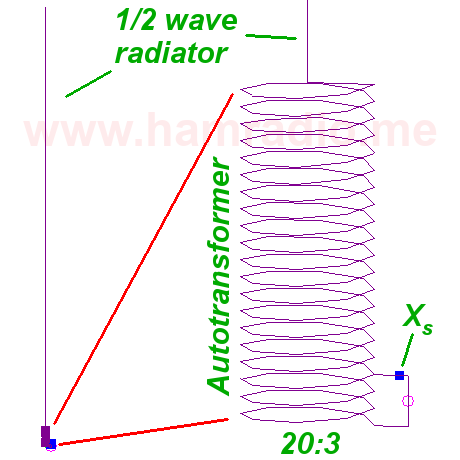
…where Xs is series capacitance seen as an open circuit with the dc VOM.
3/8 inch NMO test bench plate
Yes Virginia, you don’t have to bore a 3/4 inch hole to have the advantages of NMO. Read comparisons here. I’m partial to the Laird MABO as seen here…
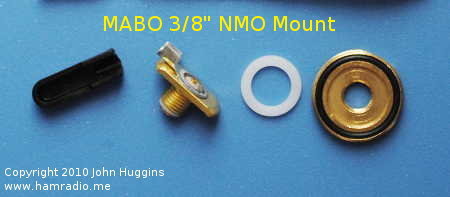
Here is the Larsen end-fed half-wave on today’s test plate with the MABO underneath…
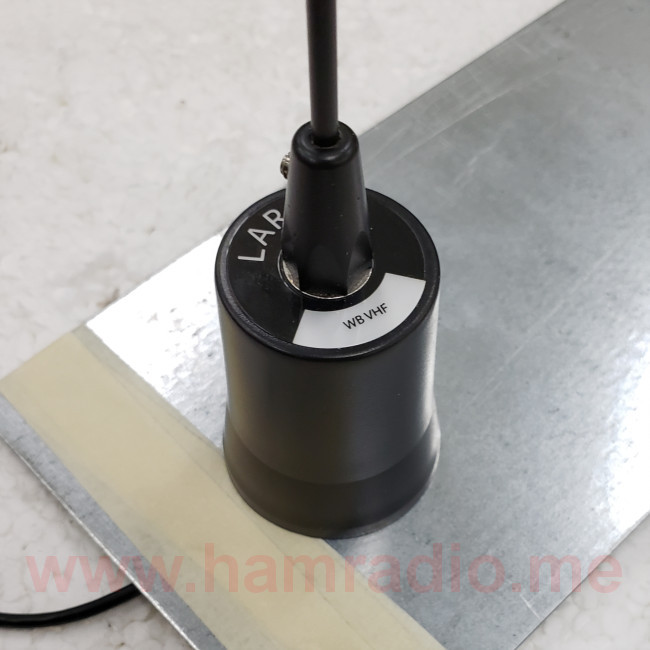
Well grounded… well not really
The big reason to use end-fed half-wave antennas is their lack of need for robust ground or counterpoise. Yeah the information desert mentioned above often gets this notion incorrect and inconsistently so. One has to take great care relying on advertising copy, or even manufacturer datasheets, for truth. Tread carefully.
The above test plate is sized only to keep the aerial upright for testing, but for the “push against” crowd out there, sure, this and the coax are your counterpoise baby!
Return loss of the Laird and Larsen EFHW mobile antennas
I hooked the short coax to an analyzer and began the tuning process. The Larsen antenna comes with a lengthy 49 inch whip to accommodate a wide swath of frequencies in the VHF band. The Laird comes with a 43.5 inch whip. I spent some time shortening the Larsen, but found the Laird seemed to already tune too high. Here is the return loss of the Larsen after pruning and the Laird as delivered.
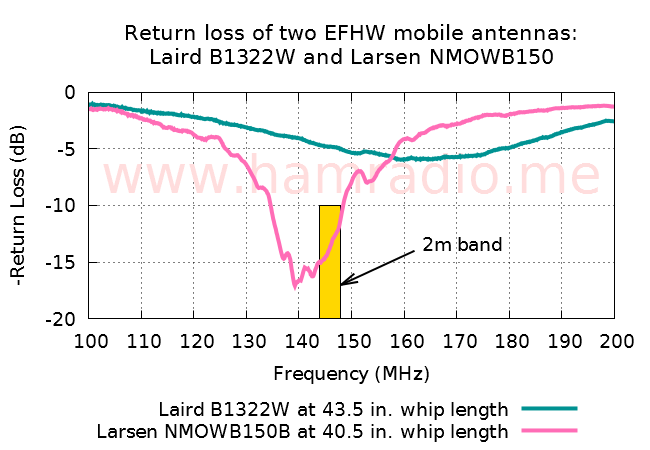
Key points:
- Both antennas were immune to changes in grounding topology or coax handling (a key characteristic of EFHW antennas). This is good.
- The Larsen exhibits far more energy absorption than the Laird… far far more. This is good if it radiates this energy.
- The Larsen is far more responsive to conductors within and near the whip’s near-field confirming the energy is radiating. This is very good.
- The Laird is relatively numb in response. This is not good at all.
Yeah I was aiming for the 2m band while tuning the Larsen, but decided to leave it a bit long for now till I assemble the APRS beacon. Another half-inch will likely be perfect, but no rushing irreversible trimming.
The room test
One nice thing about return loss is the extreme sensitivity to the smallest perturbations that effect the feedpoint impedance. Anything in the near field, conductive or dielectric, changes the reading. With the 2m wavelength I can, for example, see people walking by the test setup ten feet away. This adds to the difficulty of ensuring an honest A/B comparison, but waiting for people to leave the room solves this problem.
The easiest test is to grab a metal meter stick and move it around the antenna under test. This meter stick is, of course, quite close to half wavelength for 2m so easily effects the feed point impedance and hence return loss. So here are the results from this observational test.
- Red hot – The Larsen EFHW antenna saw damn near everything that moved within about a dozen feet. Typical of an efficient antenna.
- Numb – In stark contrast, the Laird EFHW saw nothing moving in the room. The meter stick began to interact a couple feet from the whip. Even the hand test proved difficult. Not impressed.
Antennas that work well bring with them the reality they interact with their surroundings. Larsen proves the point. Laird reveals an unexplainable lack of coupling to the world around it. I have no explanation. This is a very simple antenna topology and both should work equally well. They do not and the difference is much more than subtle. Perhaps I have a dud from Laird or maybe someone packaged the VHF whip with the wrong transformer. Anything is possible.
Net effect on field strength
Both antennas were energized in turn at 148 MHz with the same power while monitoring field strength from a distance. The Laird creates about 78% (V/m) Larsen’s field strength. This translates to about 60% power or about 2 dB difference. More than a little and less than a lot. Mismatch loss (calculated from return loss) accounts for much of this.
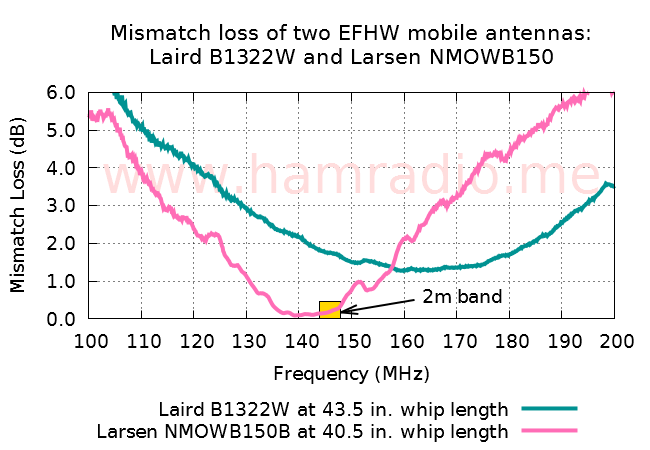
This loss is a bit high for an antenna as simple as this, but correlates with the previous numb observations.
The Larsen NMOWB150 handily wins, but why?
The above A/B comparative test predicts performance of the antenna. The Larsen wins hands down, but why the difference? The topology of the transformer is likely the same for both, but the materials used in their manufacture could be a key difference. The Larsen uses brass for its NMO coupling threads. In my opinion this is a sign of better material choices throughout. The superior return loss suggests more efficient (aka conductive) materials are in the Larsen transformer. Without cutting one apart, we can’t be sure. Performance is what it is though and Larsen is the crystal clear winner in this match up.
Could it be the whip material?
A quick test of the Laird whip in the Larsen transformer confirms good performance slightly lower in frequency due to the longer length. Hence the trouble lies in the Laird transformer module.
Conclusion
Larsen handily wins this test. Does this mean all Larsen products win all tests? No, but it sure makes you think now doesn’t it?
It could very well be the practical difference is only a few dB on the RSSI. Perhaps the Laird antenna can tough out difficult environments better than the Larsen. I just don’t know.
Gain measurements or EIRP tests are the logical next step, but that takes some time and effort. For now, the peppiness of the Larsen will make the most of the 2 watt APRS beacon. Power to the ether or power to resistive/reflective losses. The choice is clear. Time to order a second Larsen NMOWB150B for my second beacon.
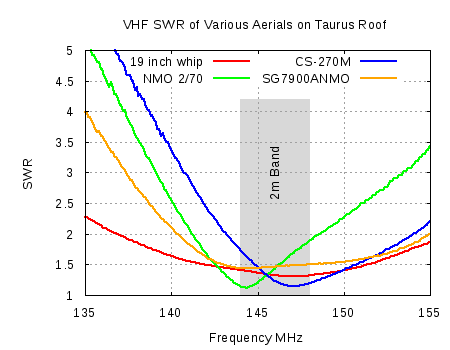
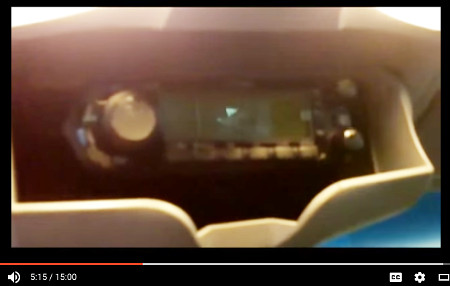
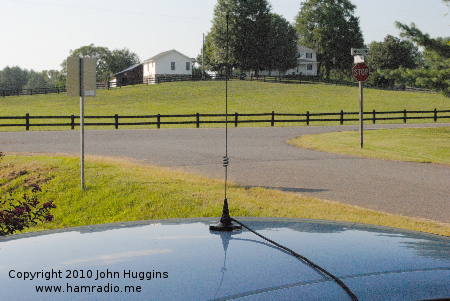
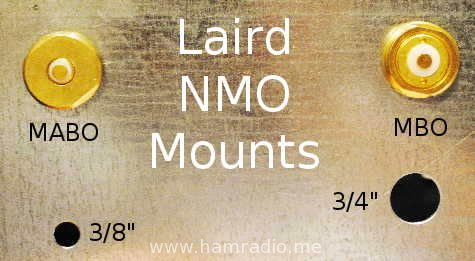
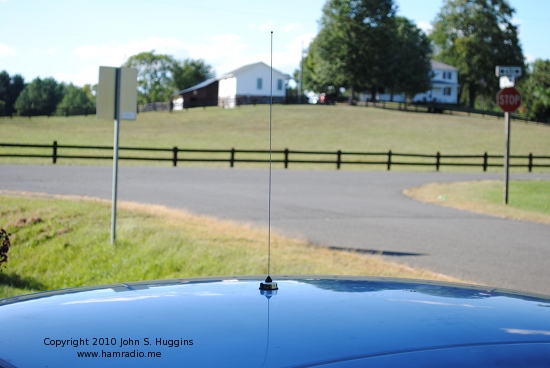
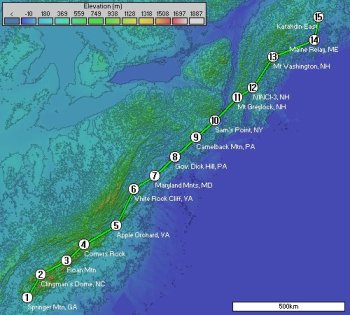
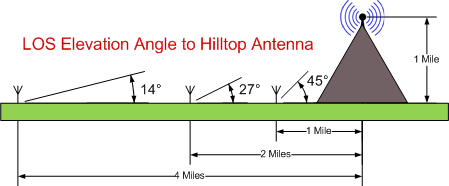
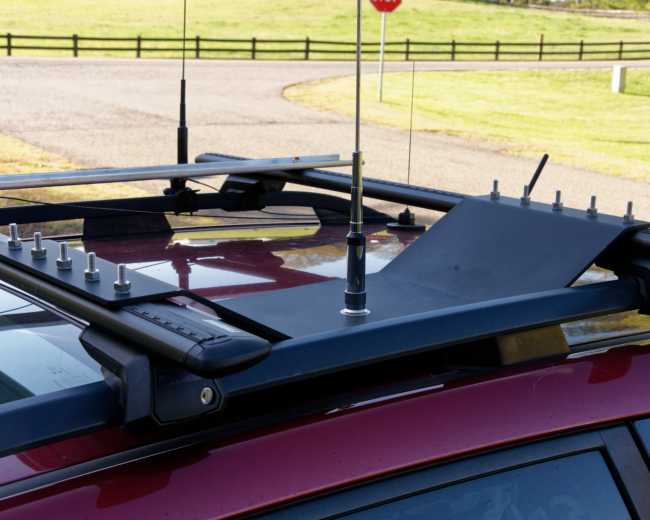
Great article! I just bought a pair of mobile antenna from ARC Antenna. One was a Larsen NMO270B for 2/70 and the other a Laird BB4505CR for GMRS. I'm a little worried about long term durability of the Larsen spring, but I guess I'll just wash the truck less.
-Sean KB0VER
Curious to see if you retest the Laird antenna for the same parameters. Laird product data is extremely confusing, and is even worse than typical from them for the antenna you chose. One data sheet that summarizes all their base coil loaded VHF/UHF whips specifies the B1322W as a quarter-wave whip, tunable, factory 21" whip. The model specific data sheet indicates it comes with a 40" whip, (a little shorter than what you got), but it does not specify a 1/2-wave electrical length. I'm curious to know what's going on here as much as why Laird can't produce a reliable data sheet.
If you dig deep enough the truth is in there, but they sure don't make it easy. Vendors of Laird often add to the confusion with their own confusing specifications. On a positive not, I did test both antennas in their end-fed dipole configuration this weekend with success.
Fantastic work confirms akways go Laresn
My NMO 2/70 from like 30 yrs ago is still awesome
Very interesting comparison! If only my other hobbies could benefit from a similar class of rigorous testing and analysis.
Even though they are both NMO, not all NMO bases are the same. This can be easily seen between NMOs from Comet and Diamond. You can NOT put one antenna on the other's base. Center pin length is the difference between not touching to crushing the center conductor. The outer thread length becomes an issues as well. Relative to your information I have found Larsen to always be a great antenna.